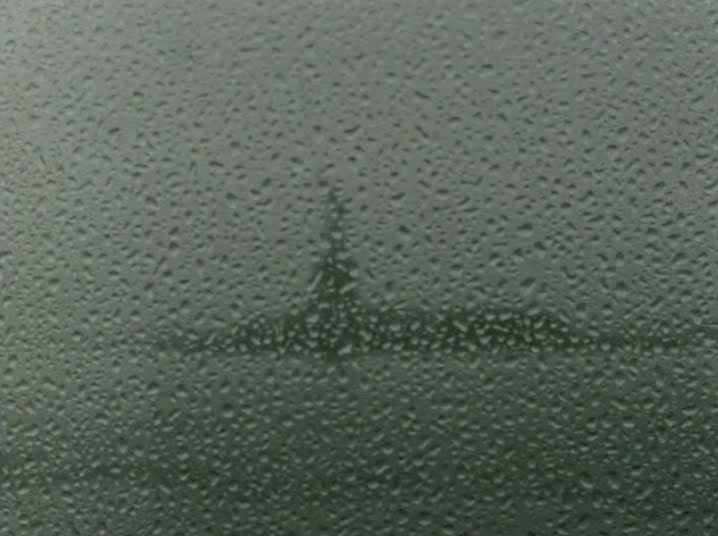To what extent do our perceptions feed the assumptions/frames we live by? Can art/media aimed at changing/destabalizing out perceptions alter the ways we think, be a force for change? This week you are reading Scott McDonald’s essay which asks if environmental media need to produce a different physical response in order to shake up our perceptions in this way. Below are some examples of such mediated experiences. The point of this week is to spend time with these kinds of materials, to resist your tendency to get through your work in the least amount of time, to cultivate a meditative response. Please work through this page with that idea in mind.
- TED Talk: Playing with Light and Space
- Ice Watch
- Olafur Eliasson’s art is driven by his interests in perception, movement, embodied experience, and feelings of self. He strives to make the concerns of art relevant to society at large. Art, for him, is a crucial means for turning thinking into doing in the world. Eliasson’s works span sculpture, painting, photography, film, and installation. Not limited to the confines of the museum and gallery, his practice engages the broader public sphere through architectural projects, interventions in civic space, arts education, policy-making, and issues of sustainability and climate change. from BIO
- WATCH Irradiant Field (10 mins) temporary class password: dms2021
- “Laura Kraning is an experimental non-fiction filmmaker… In her video work, Laura creates atmospheric visual and sonic portraits of hidden places at the intersection of nature and machine. Navigating landscape as a repository for memory, cultural mythology, and the technological sublime, her work has been described as a form of “esoteric archeology,” delving into an experience of the subconscious of a landscape.” from BIO at UB

Time and Tide, Peter Hutton
The Eco-Cinema Experience (see chapter references below)
Scott McDonald: Introduces a film tradition that immerses us in nature, “a cinematic experience that models patience and mindfulness.”
- Focuses on Directors: Peter Hutton, James Benning, Andrej Zdravic, Sharon Lockhart, J.P. Sniadeck.
- Contrasts their films to commercial media (especially advertising).
- Makes an analogy between the maximum number of images per second and material consumption/ industrial exploitationof the environment.
- For him eco-cinema cannot be “pro-environmental narratives” shot in a conventional Hollywood or documentary manner. But films that act to change the norms and expectations of spectator via:
- aesthetic choice: slow pace, long takes (i.e. environmental in their form)
- mechanisms that retrain perception = necessary condition for greater ecological awareness
- impacting the spectator at the level of affect – aiming to change our way of perceiving.
Time and Tide by Peter Hutton, 2000 (34:23) watch from ~2
- context of movie, debate about clean up of PCBs in Hudson (polychlorinated biephenyl): GE argued it would recontaminate the river, others are not content to leave the waste buried
- first part is 2 min B&W film called Down the River shot in 1903 – hustling busyness of turn of the century concerns contrasted with Hutton’s footage
- serene pacing
- shots much longer than current average – maybe 10 -12 times as long
- extended gaze, says this is worth looking at
Sleep Furiously by Gideon Koppel (~3 min excerpt)
- set in a small farming community in mid Wales
- David Ingram suggests it combines “affect and cognitive meaning”
- Affect
- long takes, let the scene unfold
- focus on small events, natural seasons
- Cognitive
- story of traditional community in harmony with landscape under threat offered in snippets of dialog and in the editing
- not emotional, audience not invited to identify/empathize with characters
Criticism of this kind of eco-cinema:
- Ingram suggests prior training maybe needed to understand/enjoy these films, and
- They will not reach mass audiences needed to change public opinion.
References:
“The ecocinema experience,” Scott McDonald in Ecocinema Theory and Practice, eds Rust, Monani, Cubitt, 2013
“The aesthetics and ethics of eco-film criticism.” David Ingram in Ecocinema Theory and Practice, eds Rust, Monani, Cubitt, 2013